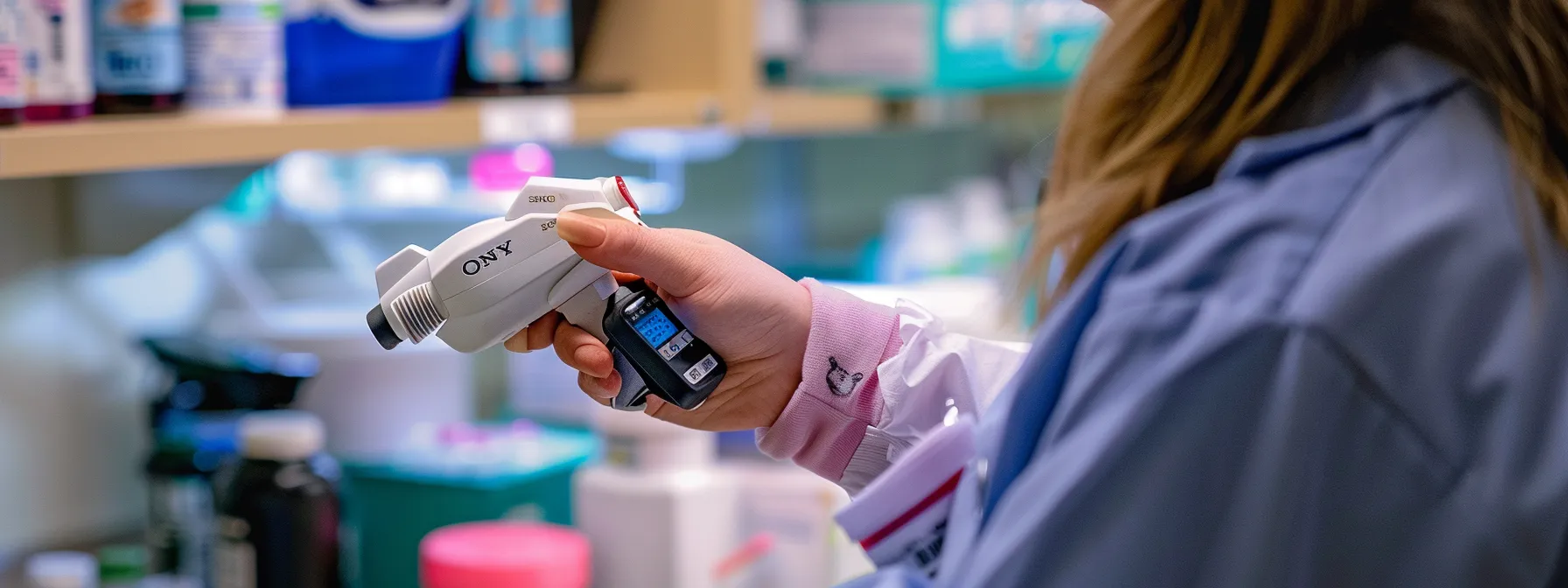
08 Oct Resources for Healthcare Facilities: Providing Safe, Equitable, Cost-Effective Care
The healthcare landscape today is a complex patchwork of regulatory, financial, and ethical considerations that must be navigated deftly to provide top-notch patient care. Healthcare facilities, whether small practices or large hospitals, need an arsenal of resources to manage these various demands effectively. From guidelines on health equity to cost-containment strategies, maintaining a high standard of care requires constant vigilance and adaptation. Below, we delve into the crucial resources that can help healthcare facilities meet these challenges head-on and continue to offer services that are safe, equitable, and cost-effective. Keep reading to discover how your facility can leverage these tools for improved patient outcomes and overall success.
Cost-Containment Strategies for Healthcare Facilities
Amid rising healthcare costs, facilities must adopt strategies that constrain expenses without compromising patient care. A major element of cost containment lies in process optimization—streamlining workflows and eliminating redundancies can lead to significant savings and more efficient use of resources.
Preventive maintenance of medical equipment and negotiating favorable terms with suppliers are practical steps that control overheads. Additionally, embracing bulk purchasing and generic medicines where possible can reduce expenditure on supplies without affecting the quality of care.
Clinical pathway tools and healthcare analytics can help medical professionals make informed decisions that enhance patient outcomes while keeping costs in check. By following evidence-based guidelines, unnecessary procedures and their associated costs can be avoided, promoting both fiscal responsibility and patient safety.
Leveraging Technology for Enhanced Patient Safety in Hospitals

Technological advancements have revolutionized patient safety in healthcare facilities. High-tech tools, ranging from electronic health records to smart patient-monitoring systems, significantly reduce the likelihood of human error and provide clinicians with real-time data for better decision-making.
Barcode medication administration systems have proven effective in mitigating medication errors, one of the most prevalent safety issues in healthcare. Similarly, computerized physician order entry (CPOE) systems eliminate the risk of misinterpretation of handwritten notes, ensuring clarity in patient care directives.
Cybersecurity measures are of utmost importance as they protect sensitive patient information and the integrity of hospital systems. Investment in robust security technologies and protocols is essential in an age where cyber threats can lead to serious patient safety risks and financial losses for healthcare institutions.
Essential Resources for Optimized Healthcare Facility Management

Optimal management of healthcare facilities involves multi-faceted approaches that extend beyond clinical care. Facility managers need to stay abreast of the latest compliance standards and best practices. Regular audits and updates to protocols ensure that operations meet or exceed industry standards, thus safeguarding patient health and institutional reputation.
Resource repositories such as the ECRI offer extensive databases of clinical guidelines, risk management tools, and patient safety resources, acting as valuable assets for healthcare administrators. These resources are crucial in developing strategies that minimize errors and promote a culture of continuous improvement.
Engagement with professional organizations also provides healthcare managers with industry reports and networking opportunities, leading to better-informed decision-making. Similarly, subscribing to healthcare management journals is essential for keeping up with evolving practices and case studies from other institutions.
Quality Assurance Measures for Effective Healthcare Service Delivery
Quality assurance plays a pivotal role in driving excellence in healthcare service delivery. This encompassing process of systematically evaluating healthcare services ensures they meet established standards and results in continuous quality improvements. Internal and external audits are crucial to this effort.
Benchmarking against other institutions provides an effective way to identify strengths and weaknesses in service delivery. Patient satisfaction surveys and outcome metrics also offer insightful data that can lead to operational changes geared toward enhanced patient experiences.
Accreditation from recognized agencies sets a benchmark of quality that healthcare facilities strive to achieve and maintain. It’s a comprehensive process that covers all aspects of care, staff qualifications, facility safety, and patient outcomes, providing a framework for systematic improvements.
Altogether, these resources, strategies, and technologies form an integral part of a complex network aimed at optimizing healthcare facility operations, ensuring equitable access to medical care, maintaining fiscal health, enhancing patient safety, and driving quality improvements. Overall, when implemented effectively, they have the power to transform patient care and inspire advancements within the health sector.
—————————-
The information on MedicalResearch.com and other sites referenced on this platform, is provided for educational purposes only, and is in no way intended to diagnose, cure, or treat any medical or other condition.
Some links may be sponsored. Products and services, including those referenced in this post, are not tested, warranted or endorsed.
Always seek the advice of your physician or other qualified health and ask your doctor any questions you may have regarding a medical condition. In addition to all other limitations and disclaimers in this agreement, service provider and its third party providers disclaim any liability or loss in connection with the content provided on this website.
Last Updated on October 8, 2024 by Marie Benz MD FAAD
